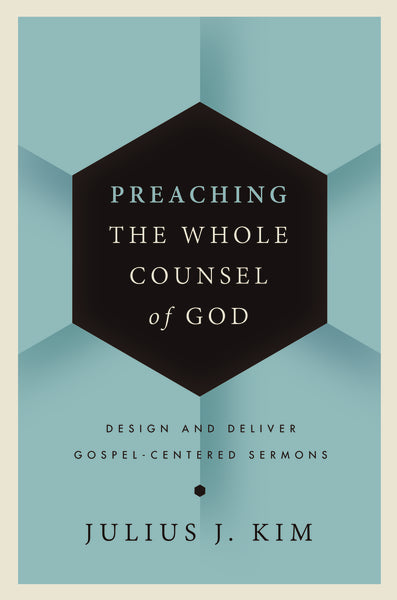What blueprint shall we use to design and structure our sermons? Though many design models exist, I recommend structuring your sermon using a broad framework of a story. Storytelling is one of the oldest forms of communication known to man. Often simple yet poignant, stories have a way of communicating ideas that are memorable and transformative. Stories move us, shape us, and change us.
Great stories share a dramatic arc in which the hero figure in the story is introduced to a problem or issue, only to find the problem build to a moment of greatest tension, resulting in a resolution of the problem that often leaves the hero transformed from his original state. Readers experience the highs and lows the hero figure experiences, culminating in a new awareness. Rationally and emotionally, stories are powerful. Interestingly, researchers have shown that some of the world’s most memorable speeches follow this story pattern. And while speeches and sermons are not stories, they can be designed utilizing this basic framework.
How can sermons be designed to look and feel like stories?
In preaching, hearers play the role of the hero figure, not the preacher. It is the hearers that must be taken on a journey from beginning, middle, and end. Specifically, hearers are the heroes that must be taken from their original location to a greater destination because of the transformation that hopefully occurs as the herald proclaims the King’s words. Let me explain.
Our task as preachers is to help hearers see and feel themselves in the drama being presented in the stories of the Bible. As they relate to the characters and their struggles, they are able to know and feel the truth, goodness, and beauty of the gospel as it’s being portrayed in that particular text. I recommend that preachers structure their sermons following the flow of the narrative itself: beginning problem, middle action rising to climax, and end resolution and call to action. The sermon’s exposition and application through its main points would be structured around the primary problem, God’s solution, and a call of response. This is the basic story arc structure that preachers can use for any passage of Scripture, regardless of genre.
Preachers are heralds, who in representing their King proclaim a message with such clarity and integrity that those who hear will hopefully be transformed by its truth, goodness, and beauty. Preaching, then, is proclaiming God’s desire to take hearers from where they are to where God wants them to be through the gospel. Utilizing the dramatic story arc as the framework for sermon structure is one way to accomplish this.
Let’s use Aristotle’s categories of the beginning, middle, and end to outline the sermon structure.
- At the beginning of the sermon, the preacher introduces his hearers to what God’s Word says about two things: their “current location” (beginning of the story arc) and God’s “desired destination” (end of the story arc). Every passage of Scripture that you preach will say something about their current spiritual state that is in need of change. Further, every passage of Scripture will say something about what will transform them, changing them so they are not the same as they were at the beginning of the sermon. Ultimately, it is the gospel of Jesus Christ that will transform them. When the gospel proclaimed is received by faith, hearers will be moved from where they are to where they should be, because of what God has done for them in Jesus Christ.
- After introducing hearers to where they are and where they should be, the middle, or the body of the sermon, is characterized by the presentation and resolution of various complications that the hearers will face along the way. Using Gustav Freytag’s structure, the middle of the sermon is composed of main points that in themselves have some element of exposition, rising action, climax, falling action, and dénouement. Multiple up-and-down movements, or complications, form the body of the sermon with penultimate climaxes of their own, all building up to the ultimate climax of the sermon.
- The end of the sermon structured in this way is characterized by falling action, leading to the dénouement. This is when the hearer is able to see how the truths of the text has led the hearer from their original location to God’s desired destination. In this new position, they are called on to respond to God in new faith and commitment because of a new awareness and understanding of the gospel. The conclusion to the sermon informs and inspires, often with dramatic language and passionate delivery. Thus, the sermon’s arc, much like a story’s arc, has transformative direction, moving the hero-hearer from what is to what could be.
— Julius J. Kim, Preaching the Whole Counsel of God: Design and Deliver Gospel-Centered Sermons. Read more of this book to discover further components in the “blueprints of sermon design.”
How to Use This Book
Preaching the Whole Counsel of God will equip you to craft your very best sermons: sermons that achieve maximum attention, retention, integration, and transformation.

